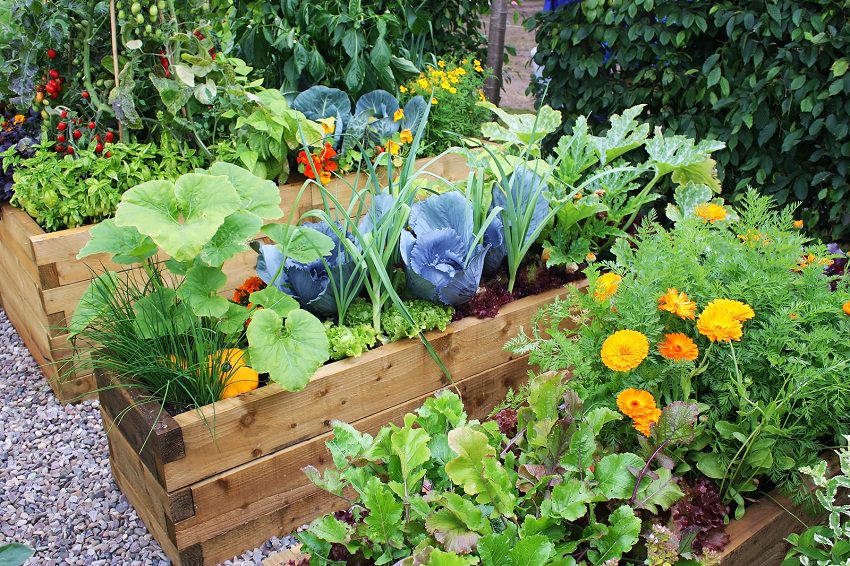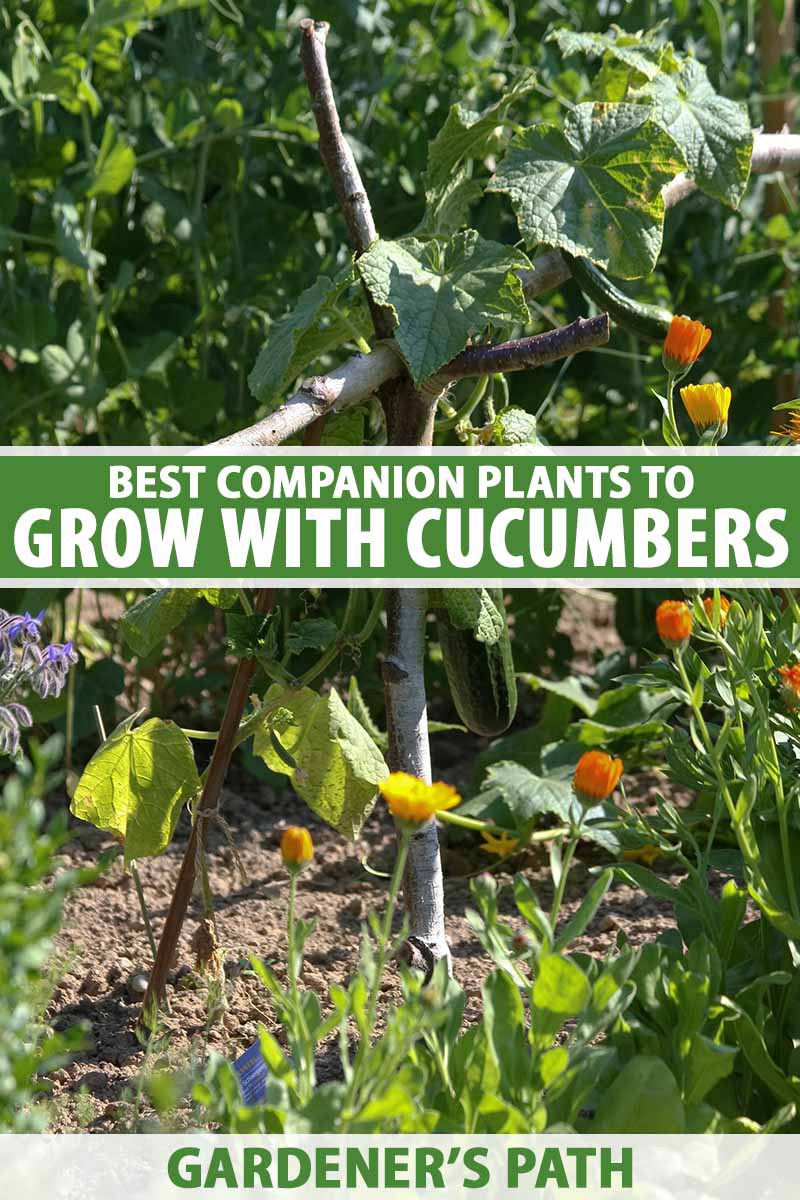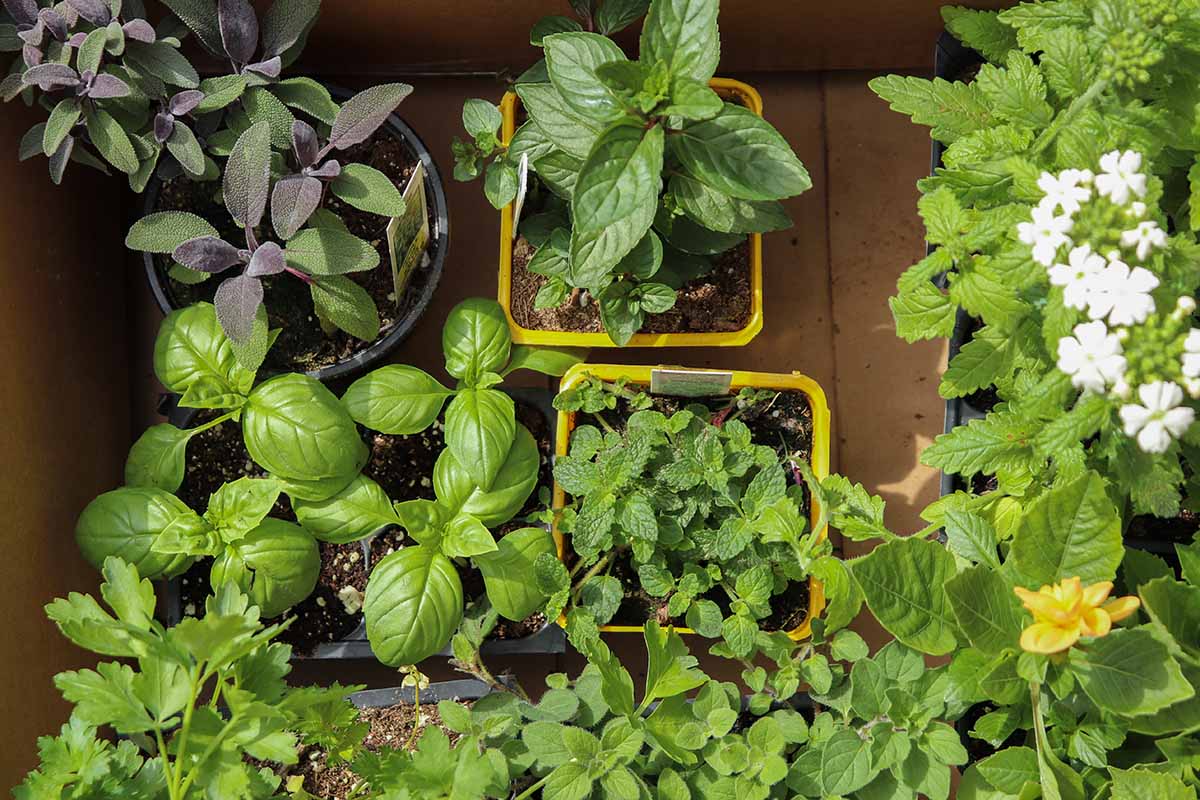Grow A More Bountiful Container Garden With Companion Planting
Introduction
If you're looking to grow a more bountiful container garden, companion planting is a great way to do it. Companion planting is the practice of planting certain plants together that benefit each other in some way. This can be done to attract beneficial insects, deter pests, improve soil quality, or simply to create a more attractive garden.
There are many different companion planting combinations that you can try, but some of the most popular include:
- Marigolds and tomatoes: Marigolds help to repel nematodes, which can be a major problem for tomatoes.
- Beans and corn: Beans fix nitrogen in the soil, which benefits corn. Corn provides shade for beans, which helps to keep them cool.
- Lettuce and carrots: Lettuce shades the roots of carrots, which helps to keep them cool and prevents them from bolting.
- Basil and tomatoes: Basil helps to repel tomato hornworms, which are a major pest of tomatoes.
- Cucumbers and nasturtiums: Nasturtiums attract beneficial insects that help to control pests, such as aphids and whiteflies.
Main Content
There are a few things to keep in mind when companion planting in containers. First, you need to make sure that the plants you choose have similar water and sunlight requirements. You also need to make sure that the plants are not too tall or too bushy, as this can crowd out the other plants in the container.
Once you've chosen your plants, you need to plant them in the correct order. Generally speaking, you want to plant the tallest plants in the back of the container and the shortest plants in the front. This will help to create a more balanced and attractive look.
It's also important to fertilize your container garden regularly. This will help to ensure that your plants get the nutrients they need to thrive. You can use a balanced fertilizer, such as a 10-10-10 fertilizer, or you can use a fertilizer specifically designed for container gardens.
Conclusion
Companion planting is a great way to improve the health and productivity of your container garden. By planting certain plants together that benefit each other, you can create a more bountiful and attractive garden.
Here are some additional tips for companion planting in containers:
- Use a variety of plants with different heights and colors to create a more interesting and attractive garden.
- Plant some flowers among your vegetables to attract beneficial insects.
- Mulch your container garden to help retain moisture and suppress weeds.
- Water your container garden regularly, especially during hot, dry weather.
- Fertilize your container garden every few weeks with a balanced fertilizer.
With a little planning and care, you can easily create a bountiful container garden using companion planting.
Combining plants that benefit each other is a great way to improve your container garden. This practice, known as companion planting, can help to attract beneficial insects, deter pests, and improve the overall health of your plants.
There are many different companion planting combinations that you can try. Some popular choices include:
- Tomatoes and basil: Basil helps to repel tomato hornworms, while tomatoes provide support for basil plants.
- Beans and peas: These legumes fix nitrogen in the soil, which benefits other plants in the container.
- Carrots and onions: Onions help to repel carrot flies, while carrots help to deter onion maggots.
- Lettuce and marigolds: Marigolds help to repel aphids and other pests, while lettuce provides shade for marigold seedlings.
If you're new to companion planting, there are a few things to keep in mind. First, it's important to choose plants that have similar water and sunlight requirements. Second, you'll want to avoid planting plants that compete for nutrients or attract the same pests.
For more information about companion planting in containers, visit Gardenia Inspiration. This website has a comprehensive list of companion planting combinations, as well as tips for choosing the right plants for your container garden.
FAQ of companion planting in containers
5 Most Frequently Asked Questions About Companion Planting in Containers
1. What is companion planting?
Companion planting is the practice of planting certain types of plants together to benefit each other. Some plants attract beneficial insects, while others deter pests. Some plants help to improve the soil, while others provide shade or support. By planting the right plants together, you can create a thriving and productive garden.
2. What are the benefits of companion planting in containers?
There are many benefits to companion planting in containers. For one, it can help to attract beneficial insects, which can help to control pests. Additionally, companion planting can help to improve the soil quality, which can lead to healthier plants. Finally, companion planting can help to create a more visually appealing garden.
3. What are some good companion plants for containers?
There are many different companion plants that can be grown in containers. Some popular combinations include:
- Basil and tomatoes: Basil helps to deter pests from tomatoes, while tomatoes provide support for basil.
- Marigolds and cabbage: Marigolds help to repel pests from cabbage, while cabbage provides a tall structure for marigolds to climb.
- Lettuce and carrots: Lettuce helps to shade the roots of carrots, while carrots help to deter pests from lettuce.
- Peas and beans: Peas and beans help to fix nitrogen in the soil, which can benefit other plants in the container.
- Herbs: Many herbs can be grown together in containers, and they can help to attract beneficial insects and repel pests.
4. How do I choose the right companion plants for my container garden?
When choosing companion plants for your container garden, there are a few things to keep in mind. First, you need to consider the needs of the plants you want to grow. Some plants need full sun, while others prefer partial shade. Some plants need well-draining soil, while others prefer moist soil. Once you know the needs of your plants, you can start to look for companion plants that have similar needs.
You should also consider the height and spread of your plants. You don't want to plant two plants that will compete for space. Finally, you can consider the aesthetic appeal of your plants. If you want a colorful garden, you can plant companion plants that have different flower colors.
5. How do I plant companion plants in containers?
When planting companion plants in containers, there are a few things to keep in mind. First, you need to choose the right size container. The container should be large enough for the roots of the plants to grow. You also need to choose a potting mix that is well-draining.
Once you have chosen the right container and potting mix, you can start planting your companion plants. Space the plants according to their mature size. Water the plants well after planting.
Image of companion planting in containers
- Image 1: A container garden with tomatoes, basil, and chives. These plants are all good companions for each other, as they help to deter pests and attract beneficial insects.

- Image 2: A container garden with carrots, onions, and lettuce. These plants are also good companions for each other, as they help to improve the soil and protect each other from pests.

- Image 3: A container garden with cucumbers, beans, and marigolds. These plants are all good for attracting pollinators, which will help to increase your crop yield.

- Image 4: A container garden with strawberries, mint, and nasturtiums. These plants are all good for repelling pests, so they can help to keep your strawberries safe from harm.

- Image 5: A container garden with peppers, tomatoes, and oregano. These plants are all good for improving the flavor of each other's fruits, so they're a great way to add some extra flavor to your garden.

Post a Comment for "Grow A More Bountiful Container Garden With Companion Planting"